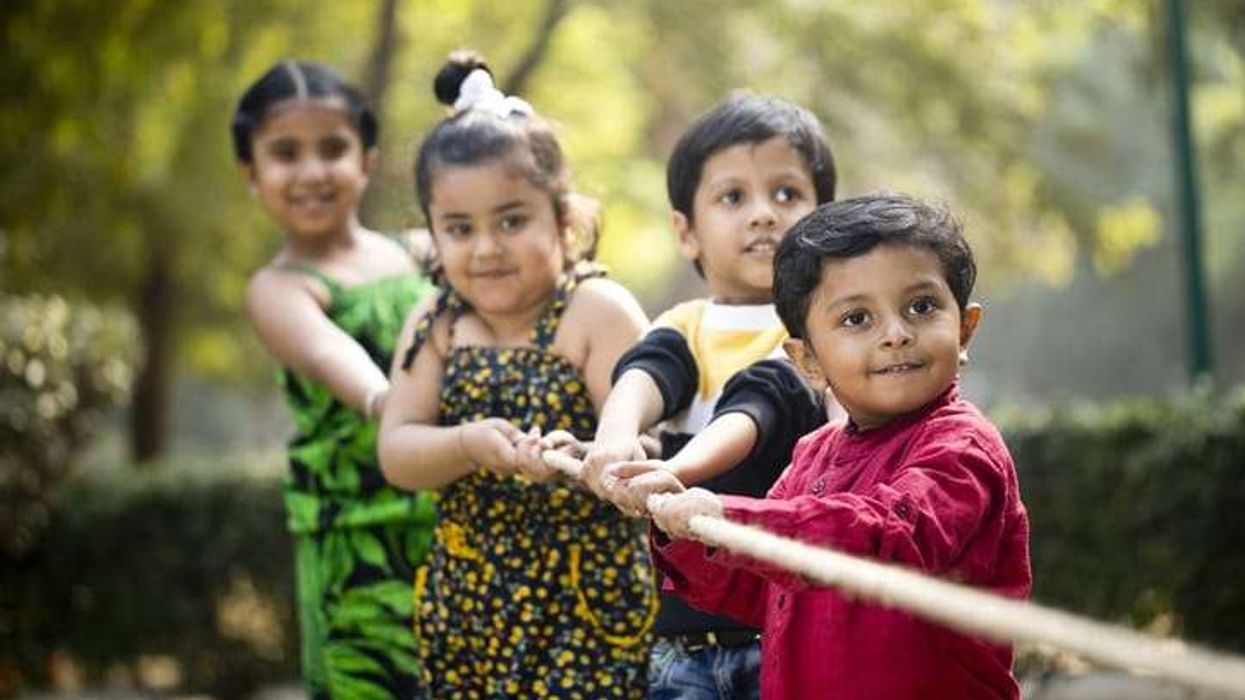Popular quiz master Paul Sinha has stirred up social media after posting a message about feeling ill, and fear that he may have contracted COVID-19.
The British Indian comic and broadcaster, dubbed "The Sinnerman" on ITV show The Chase, tweeted on Sunday (22) night that he was lying in bed with "probable corona", and working alongside.
Some UK media reports claimed he had the deadly virus and may not have self-isolated in good time, triggering angry reactions from his fans.
He had written: "Although I can’t be sure and I can’t be tested, it seems likely I have Coronavirus."
"Started social distancing a few days too late. Anyone upsets me; I’ll be around to sneeze in your home."
He subsequently said: "I tweeted that I may never be sure, because I haven't been tested. My anger is with those who have translated this as 'I have coronavirus'."
He also directly confronted the Sun newspaper in his Twitter messages after it ran a story with the headline that claimed that Sinha had tested positive.
"What an honour given that you think it's ok to print lies about me," he said, in reference to the headline.
The TV star reported lying in bed from exhaustion for a few days and having a "sickly sensation" at the back of his throat.
"Take care, Paul. Can't wait to see you back on 'The Chase'. Don''t let the buggers get you down," wrote one of his 143,500 followers on Twitter.
Last year, Sinha had revealed that he had been diagnosed with Parkinson''s disease. The former general practitioner (GP) turned TV star said he would fight the degenerative brain condition with "every breath".











